
Breast Cancer Treatment in Delhi
Did you know breast cancer is the most common cancer diagnosis among women worldwide? Each year, the World Health Organization reports on new cases. Nearly 2.3 million such cases are now reported, according to them. In India, as for every 29 women, one is likely to develop breast cancer during her lifetime. The numbers are steadily rising, especially in urban regions. Early detection with advanced treatment dramatically improves outcomes. However, prompt action matters most.
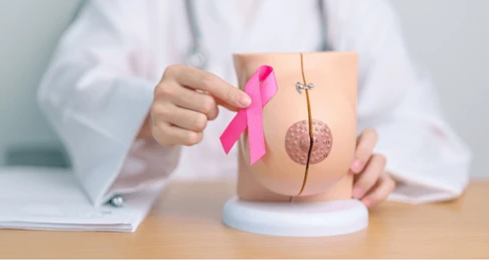
“Every patient deserves more than just medical care—they need trust, clarity, and a treatment plan that respects their individuality,” says Dr. Prateek Varshney, a leading Surgical Oncologist who has helped thousands navigate this journey with confidence and care.
With over 20 years of clinical experience, Dr. Varshney specializes in breast cancer management. He currently serves as the Head of Surgical Oncology at Fortis Hospital, Shalimar Bagh, and is also the Director at Cancros Oncology. Known for his expertise in breast-conserving surgery, oncoplasty, and robotic-assisted procedures, he’s widely trusted for providing comprehensive breast cancer treatment in Delhi that’s both cutting-edge and deeply compassionate.
Types of Breast Cancer

Invasive Ductal Carcinoma (IDC)
This is the most common form of breast cancer. It starts within the milk ducts then invades around breast tissue. The cancer has the ability to spread into other parts of the body.
Invasive Lobular Carcinoma (ILC)
Lobules that produce milk are where this type begins. Because it tends to spread in a linear pattern, detecting it early on imaging is slightly harder.

It is a type of cancer in which cells stay inside the ducts. It is highly treatable because screening often catches it early.
Triple-Negative Breast Cancer (TNBC)
Estrogen and progesterone plus HER2 receptors are absent within this aggressive type. It is usually treated by chemotherapy and it is more common for younger women.
HER2-Positive Breast Cancer
Within this subtype, cancer cells produce too much HER2 protein, this overproduction then causes rapid growth. Targeted therapies can be effective here.
Inflammatory Breast Cancer (IBC)
A rare, fast-growing cancer does not always form as a lump. It induces warmth, inflammation, and a flushed look. These signs are often confused with infection.
Paget’s Disease of the Nipple
This form, which is uncommon, affects both the nipple and the areola skin and even begins in nipple ducts. Itching, burning, and even discharge may be symptoms.
What occurs after noticing a symptom or lump? Let us dive into the diagnostic steps that shall bring clarity and direction.
Diagnostic Approach by Dr. Prateek Varshney
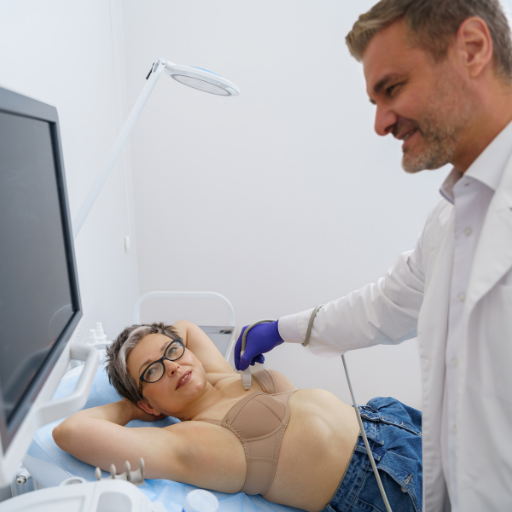
Clinical Breast Examination

Mammography

Breast Ultrasound
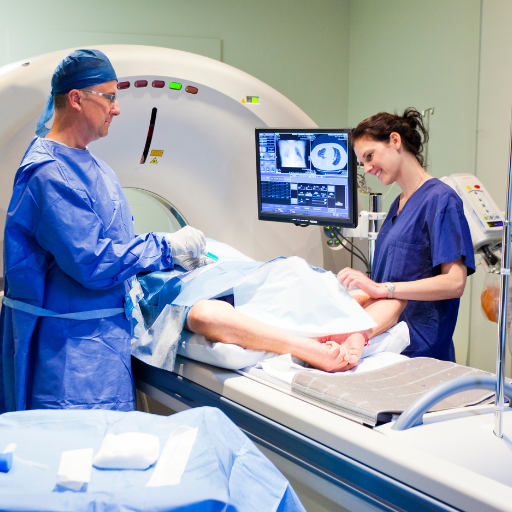
MRI of the Breast
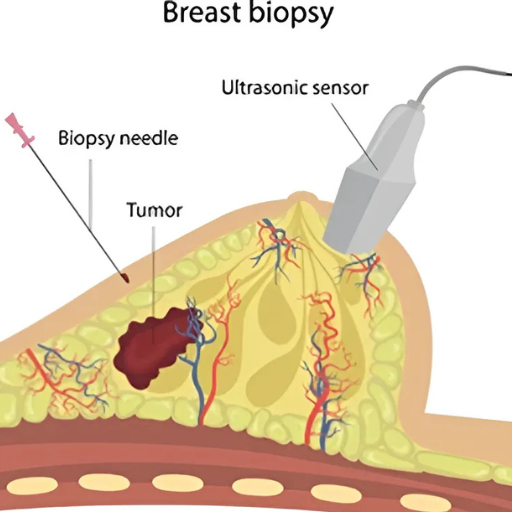
Core Needle Biopsy / FNAC
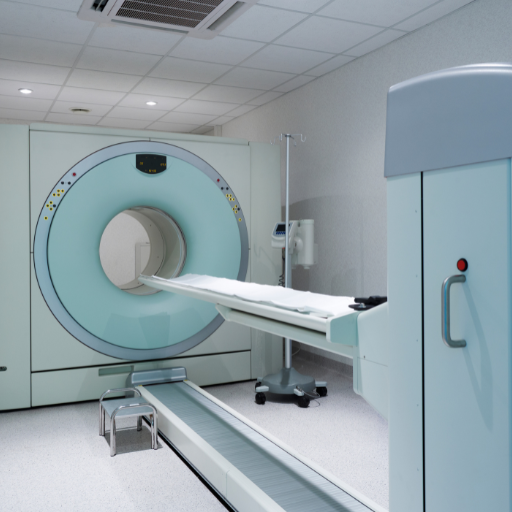
PET-CT / Bone Scan
What are the treatment paths once breast cancer is confirmed? Let’s discuss the range of medical options available to manage and overcome it.
Treatment Options for Breast Cancer
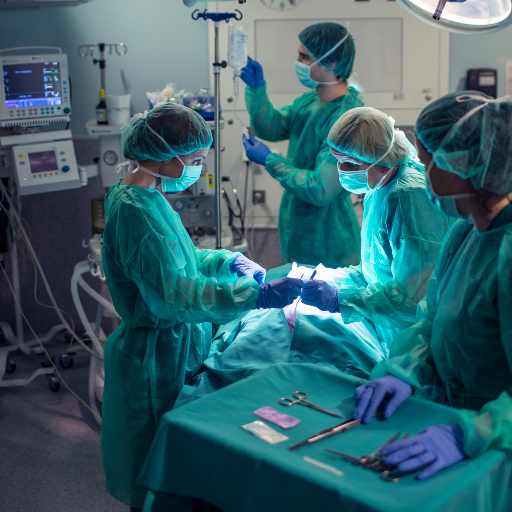
Surgery
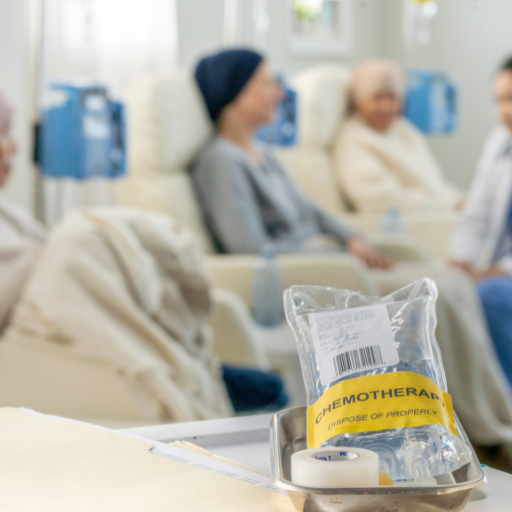
Chemotherapy
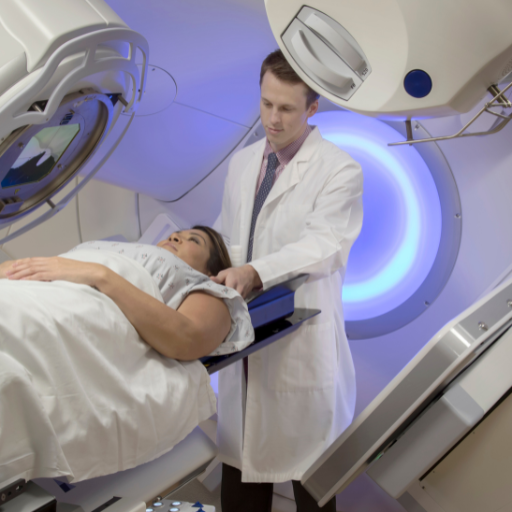
Radiation Therapy

Hormonal Therapy
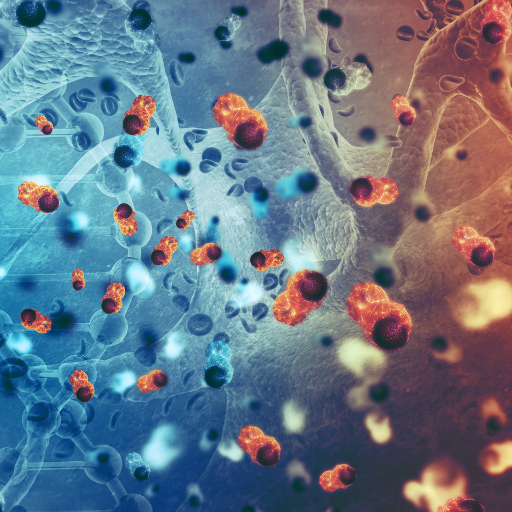
Targeted Therapy
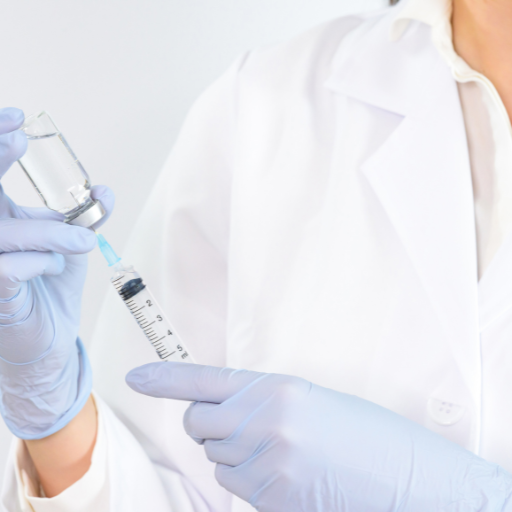
Immunotherapy
Surgical Procedures for Breast Cancer by Dr. Prateek Varshney

Lumpectomy (Breast-Conserving Surgery)
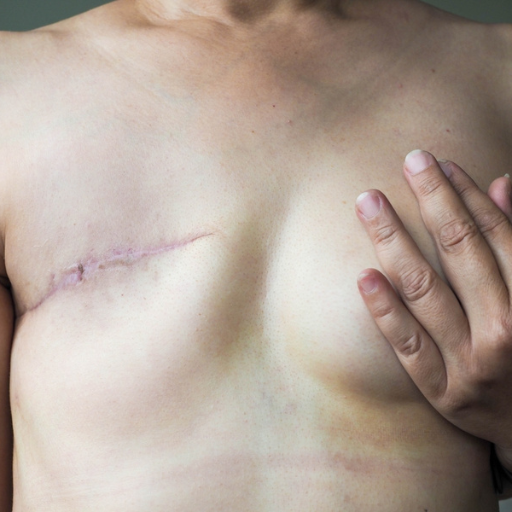
Mastectomy
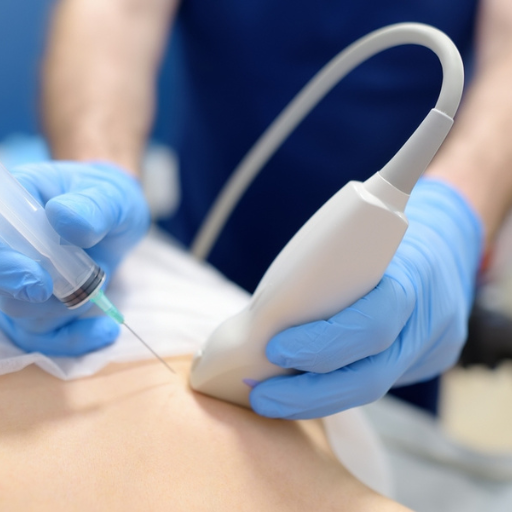
Sentinel Lymph Node Biopsy (SLNB)
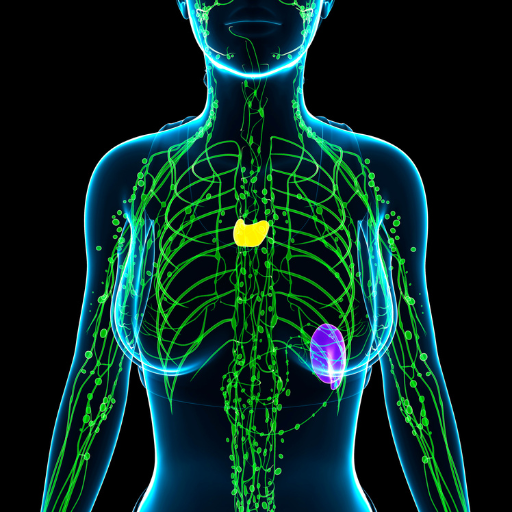
Axillary Lymph Node Dissection (ALND)
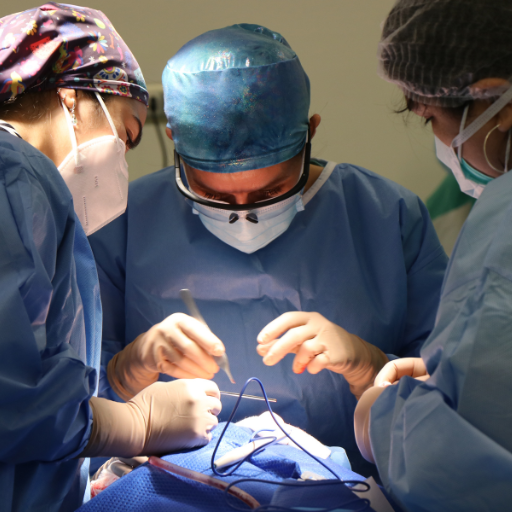
Oncoplastic Breast
Surgery

Minimally Invasive Surgery (Laparoscopic/Robotic)
Why Choose Dr. Prateek Varshney for Breast Cancer Treatment in Delhi

Over Two Decades of Surgical Oncology Experience
With extensive training and hands-on expertise, he has managed thousands of breast cancer cases across all stages and complexities.
Expertise in Advanced Surgical Techniques
Specializes in minimally invasive laparoscopic and robotic surgeries that offer faster recovery, reduced pain, and smaller incisions.
Patient-Centric, Transparent Approach
Believes in open, honest communication—patients and their families are involved in every treatment decision.

Breast Conservation and Oncoplastic Excellence
Focuses on preserving the breast and restoring its shape using modern oncoplastic approaches, enhancing both survival and self-image.
Ethical, Evidence-Based Treatment Plans
No over-treatment or under-treatment—just precisely what the case demands, guided by international protocols.
Trusted by Thousands of Patients
Known for blending surgical skill with empathy—patients feel heard, supported, and cared for throughout their journey.
Frequently Asked Questions
1. What is the first step if I suspect I have breast cancer?
2. How do I know if a breast lump is cancerous?
3. Is surgery always necessary for breast cancer?
4. Does breast cancer only affect women?
5. Can I opt for breast reconstruction after mastectomy?
6. Can breast cancer come back after treatment?
Disclaimer: The information shared in this content is for educational purposes and not for promotional use.